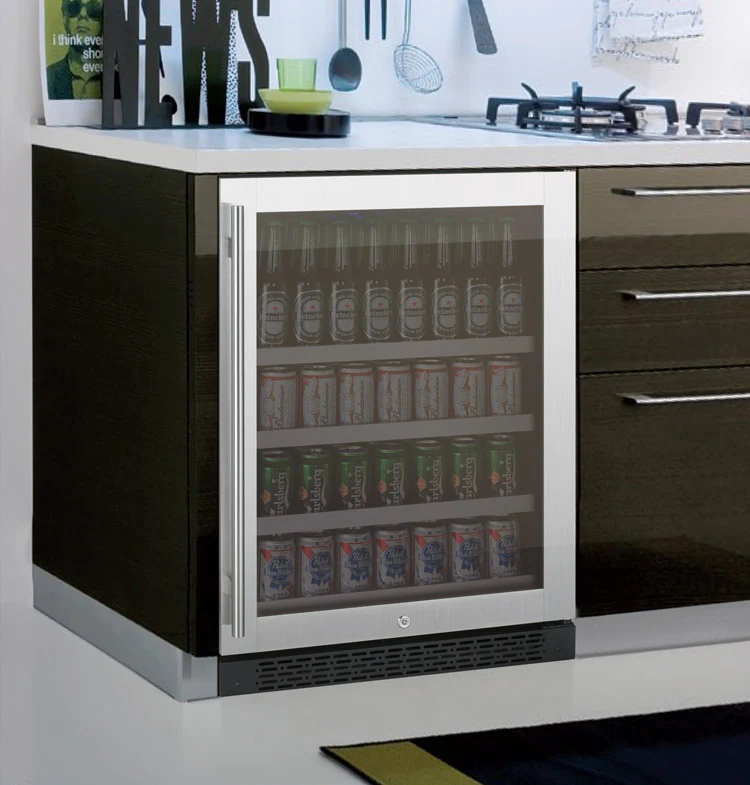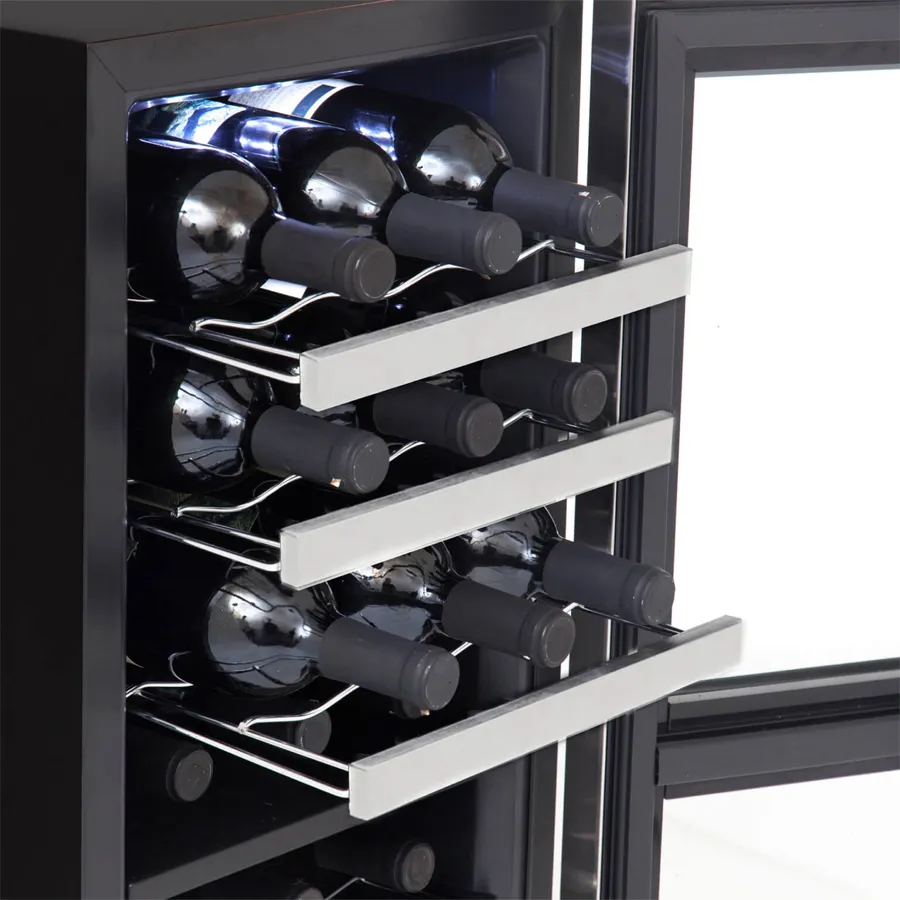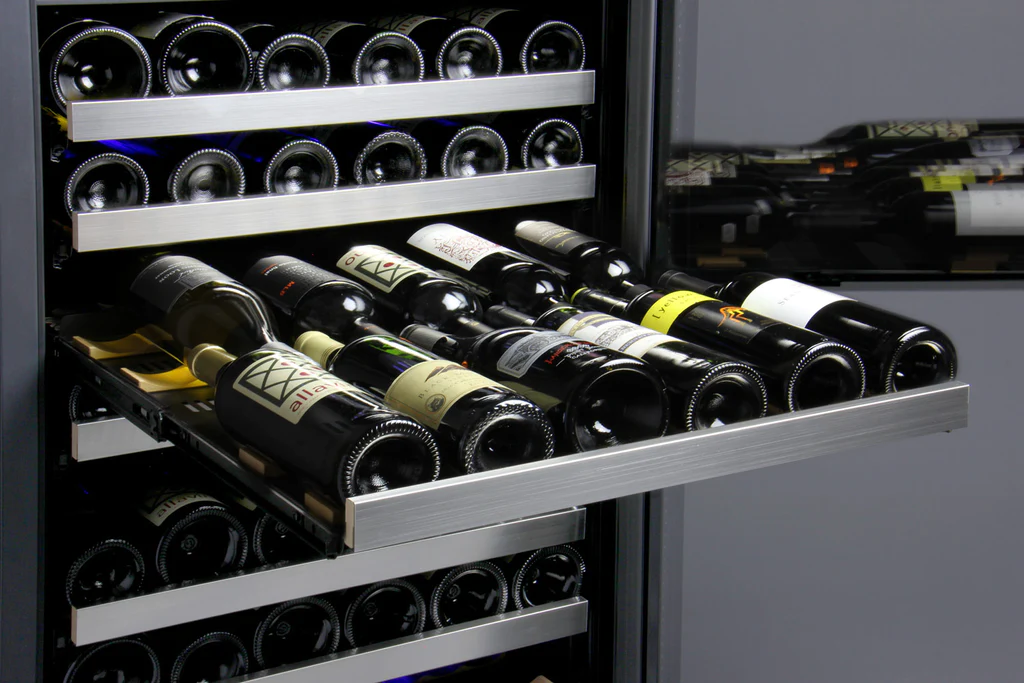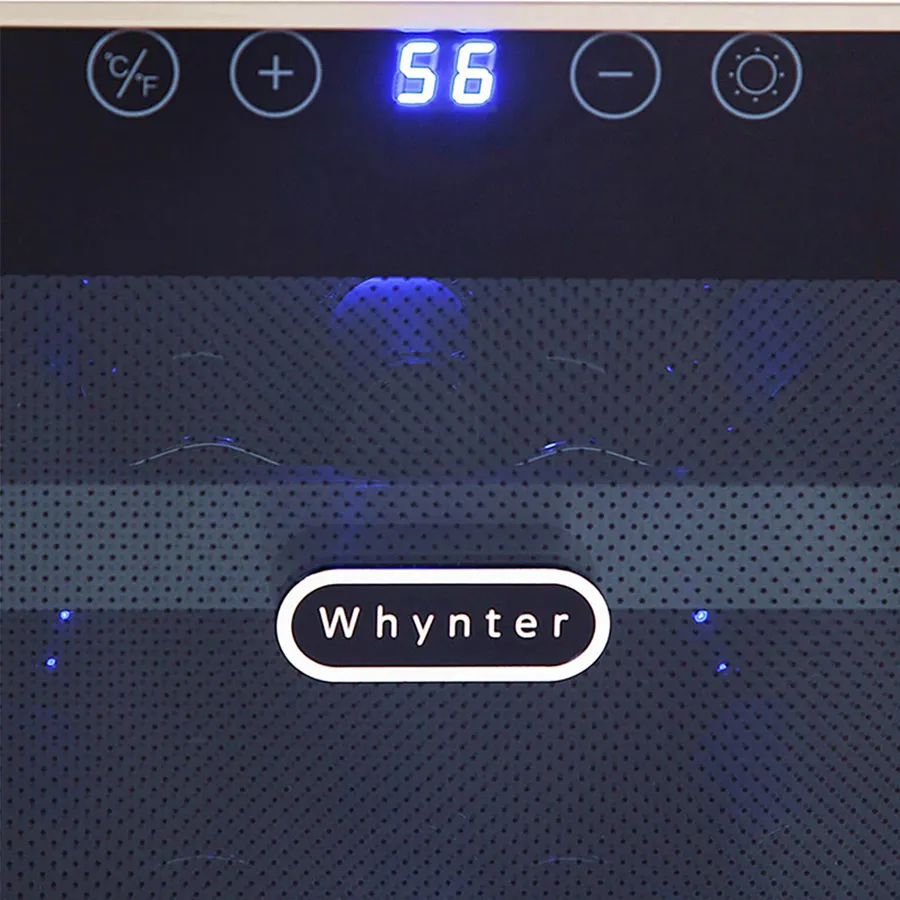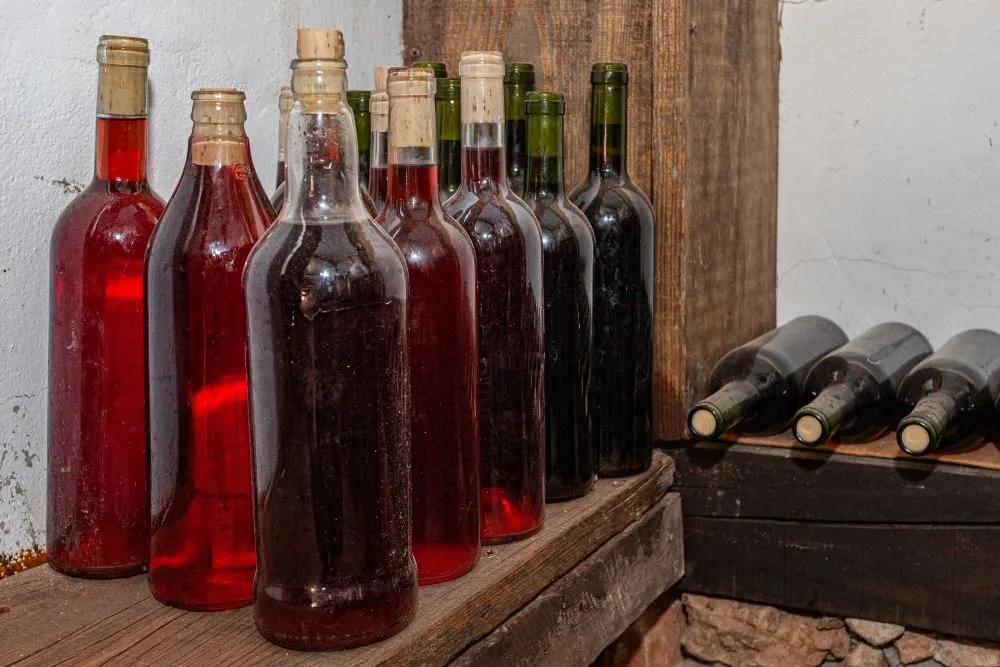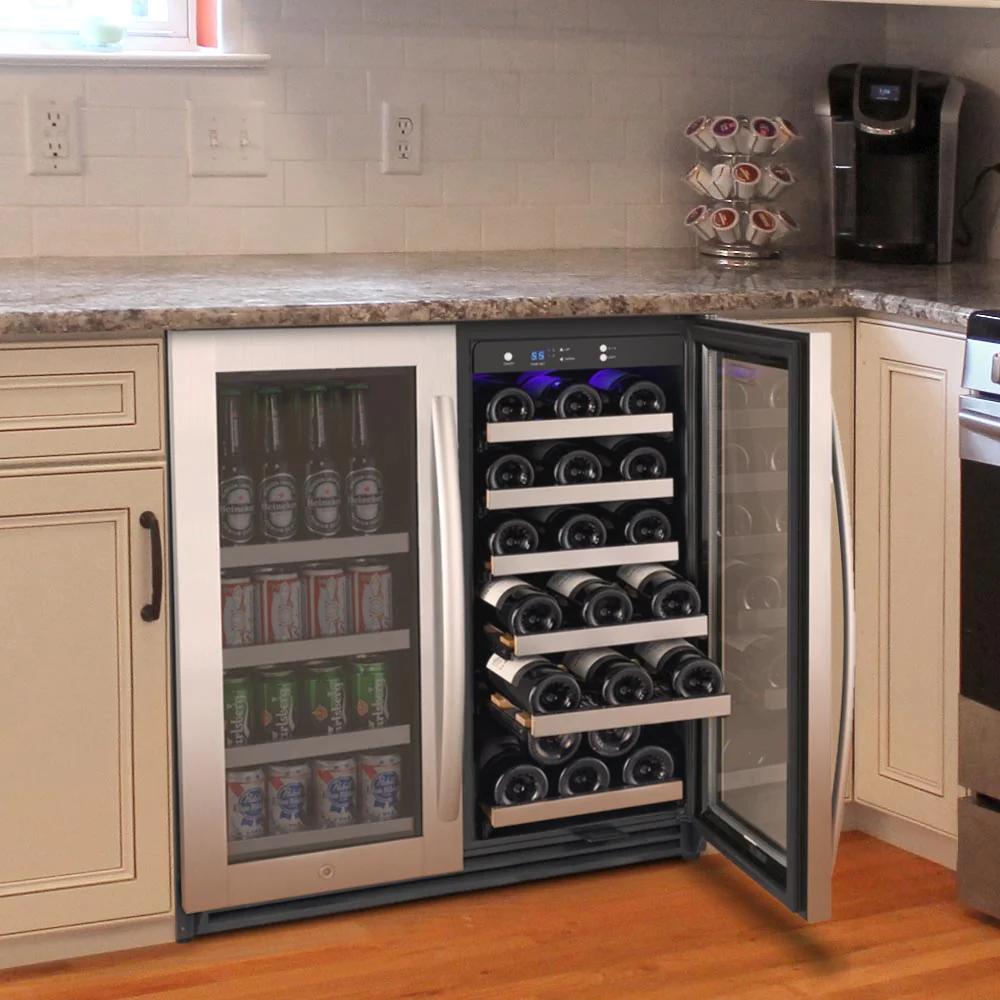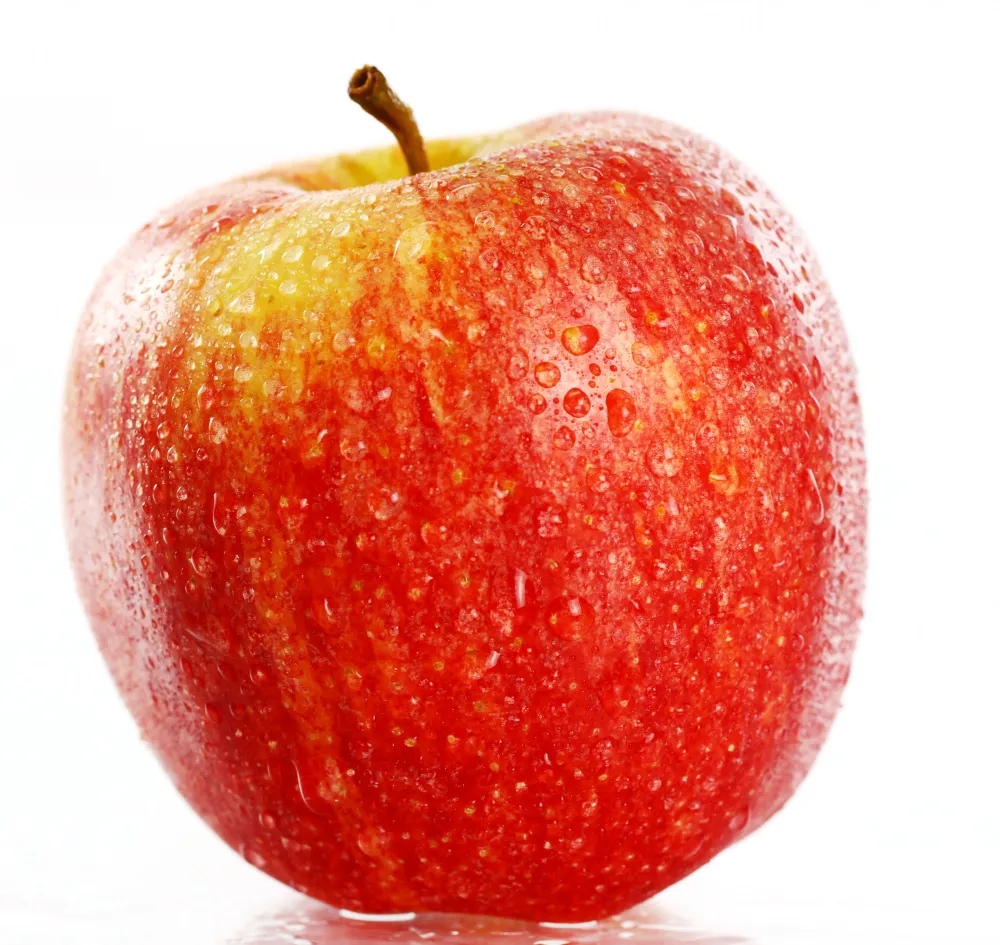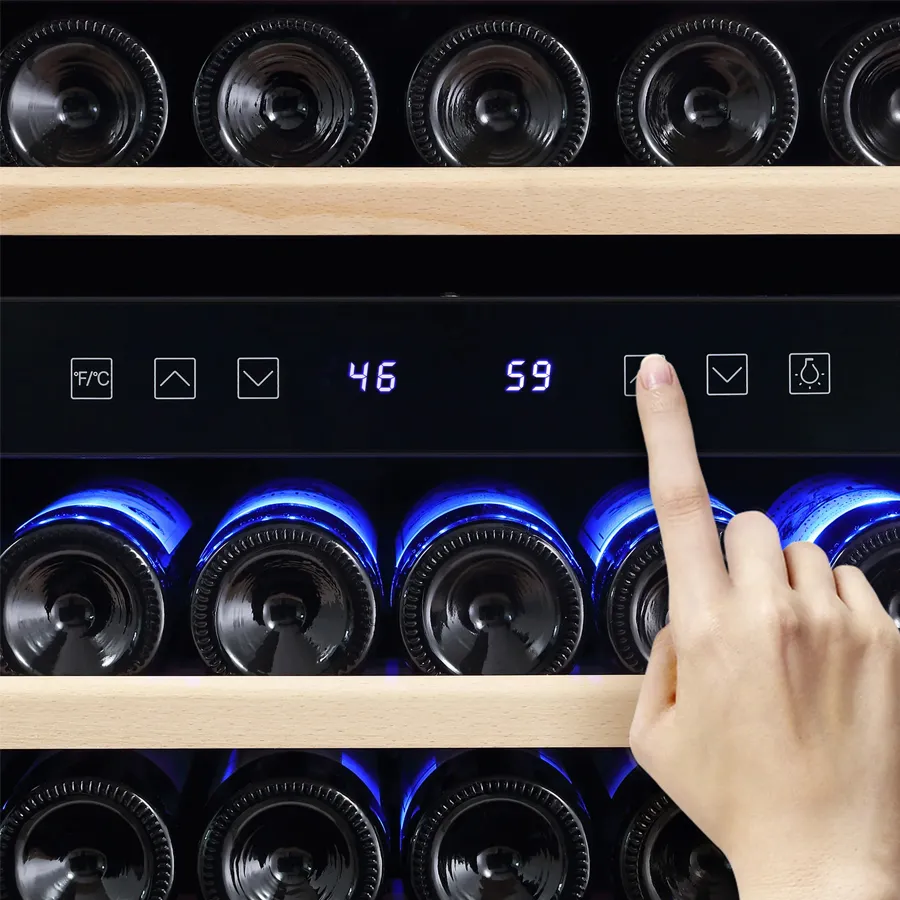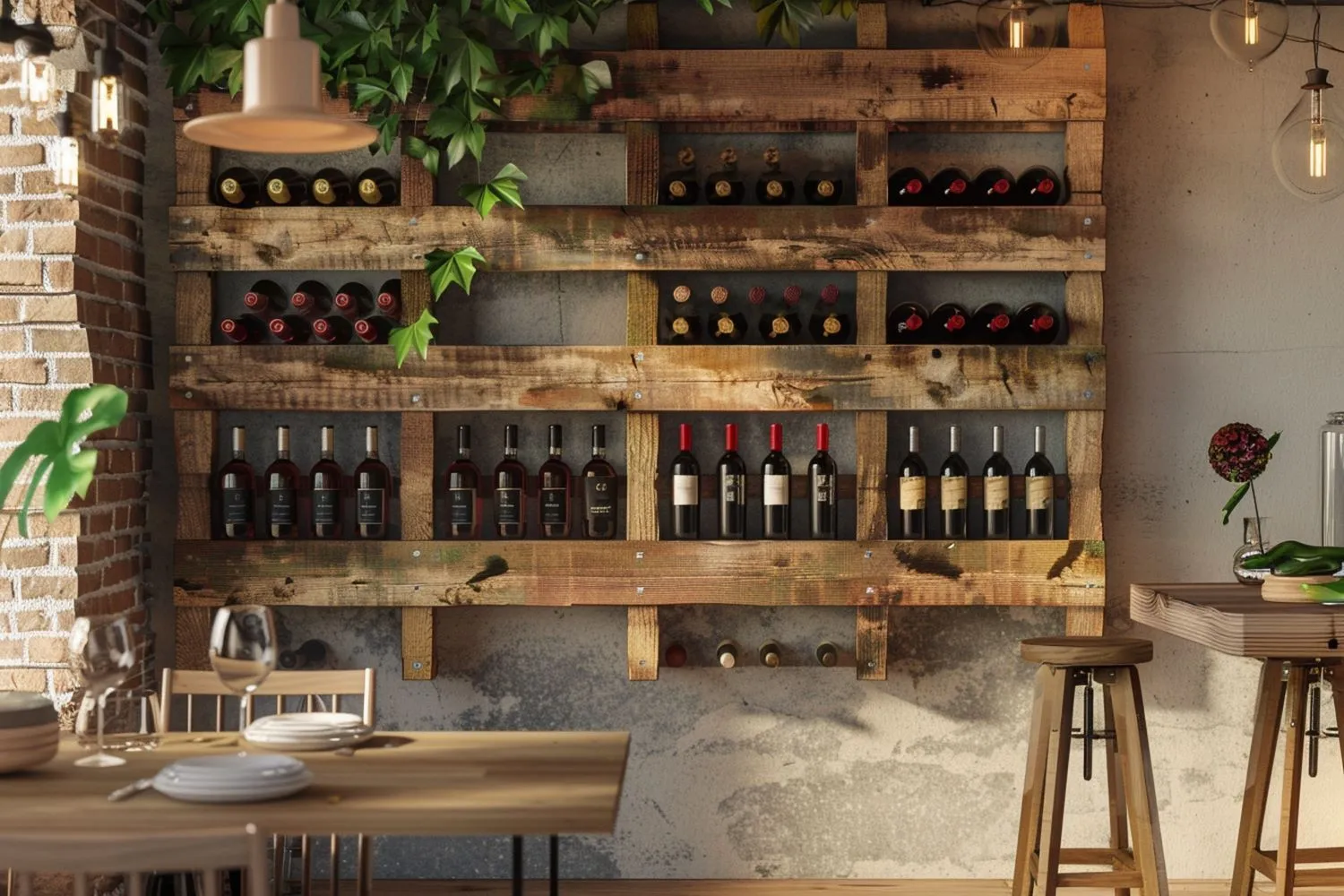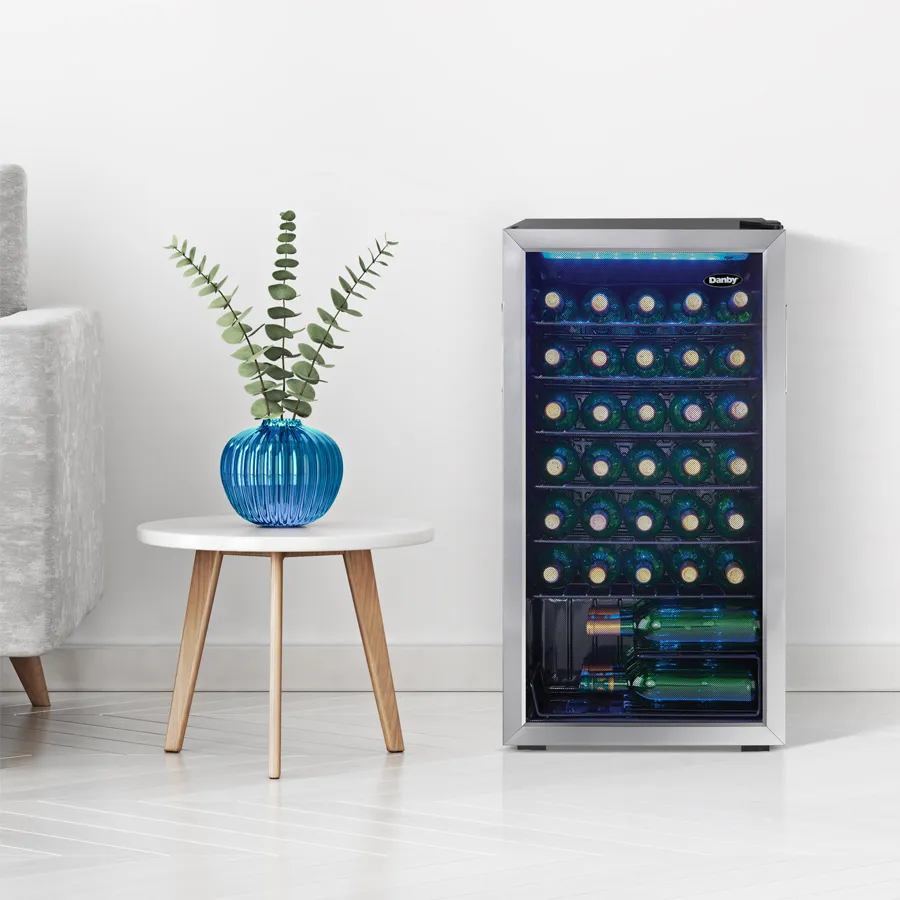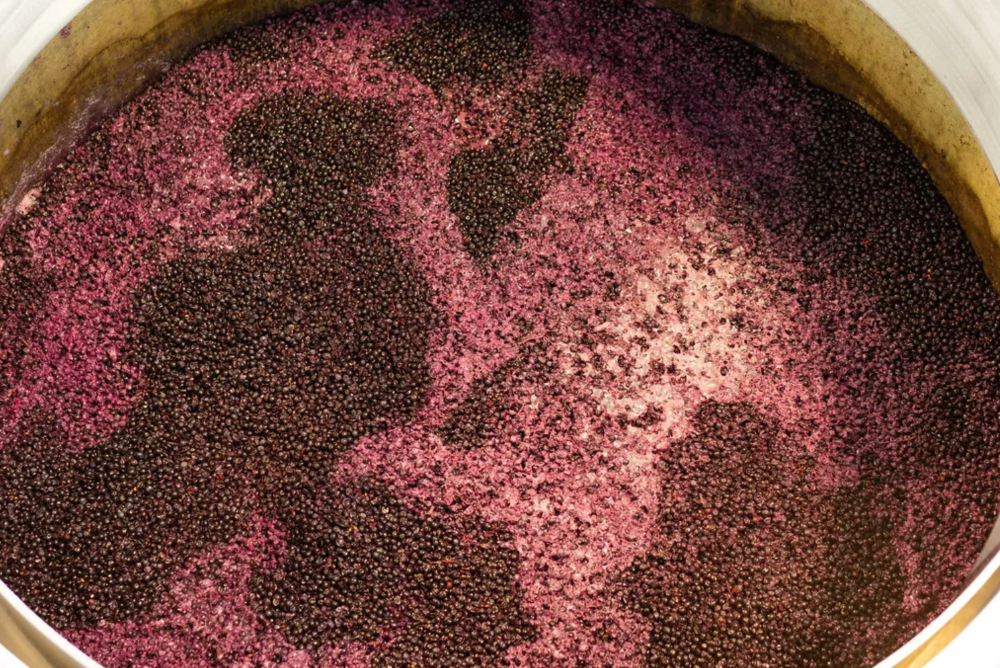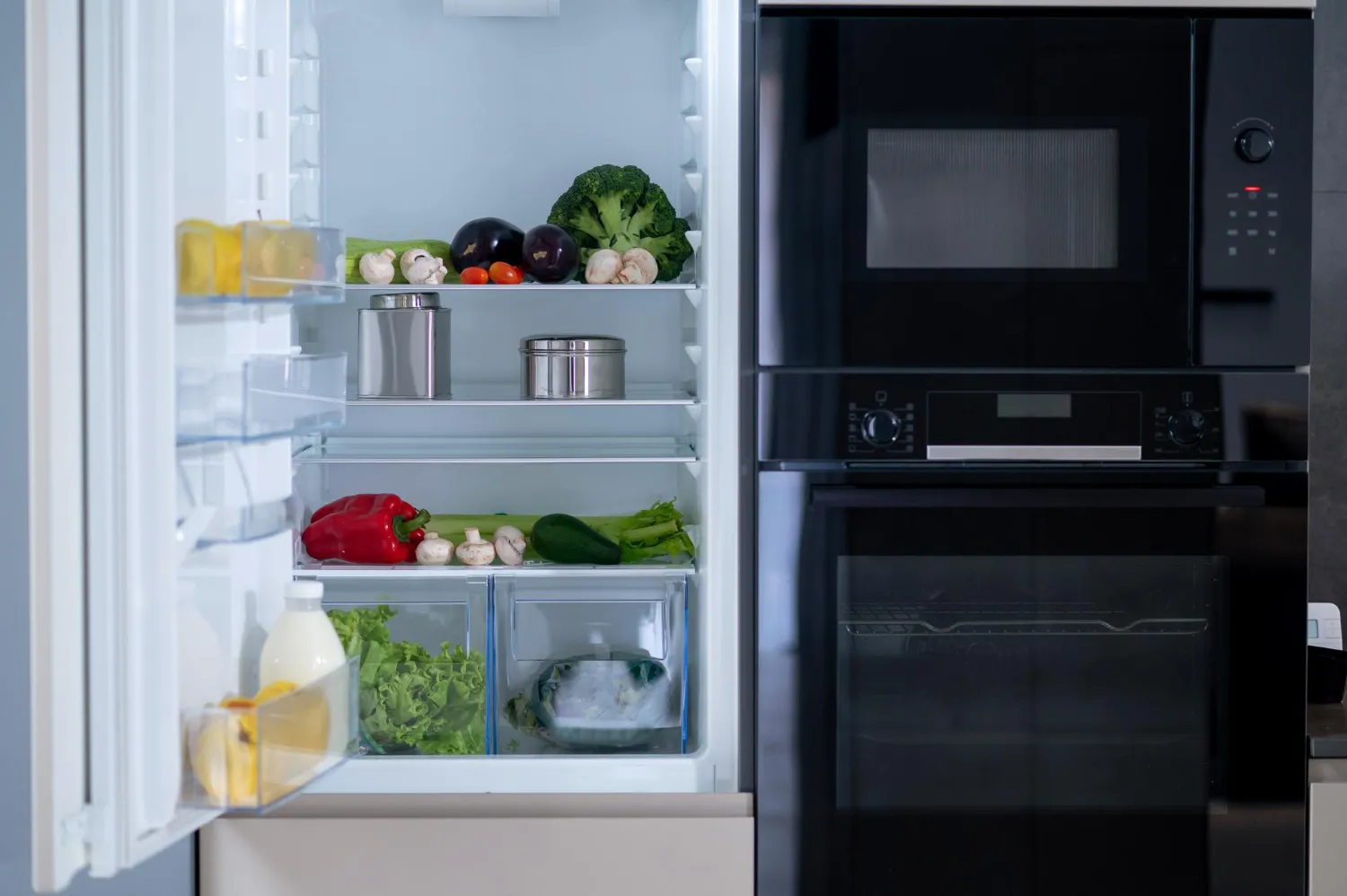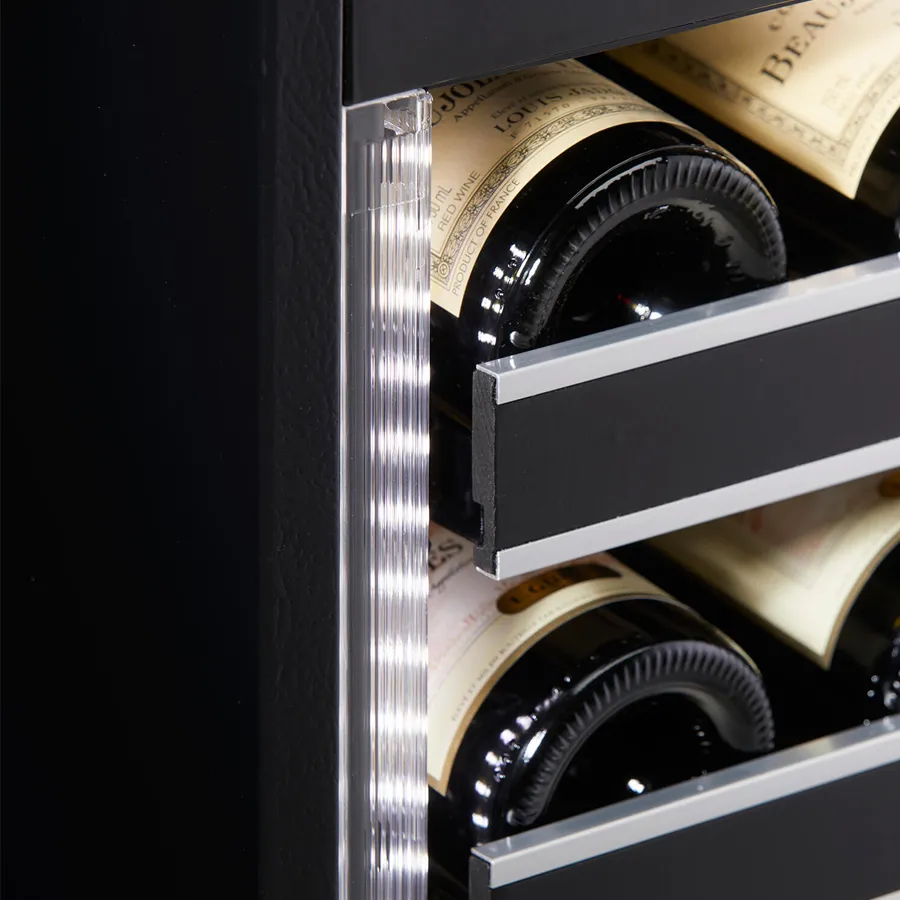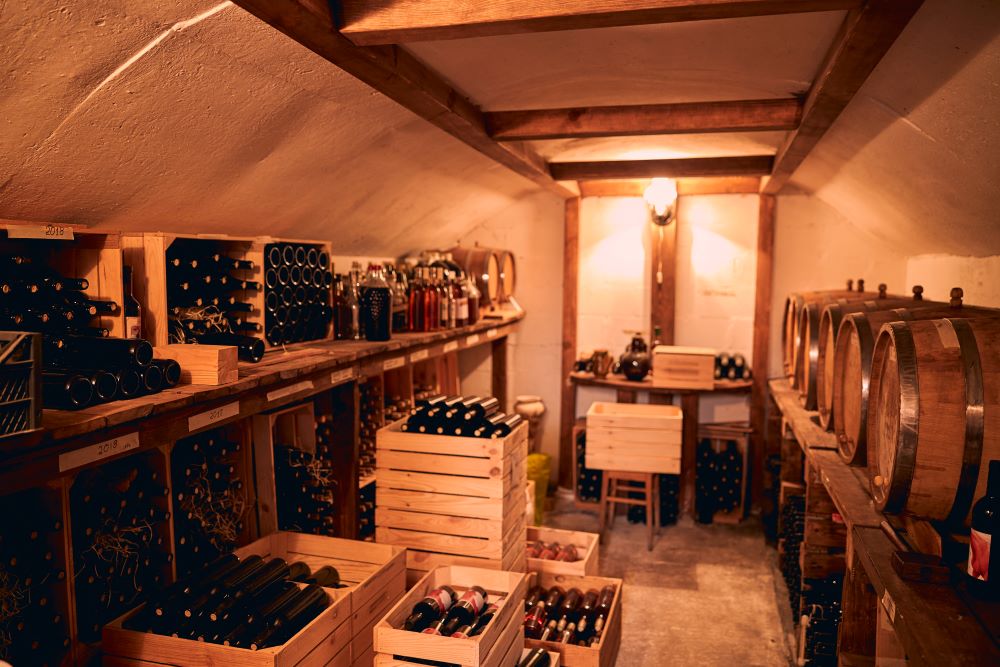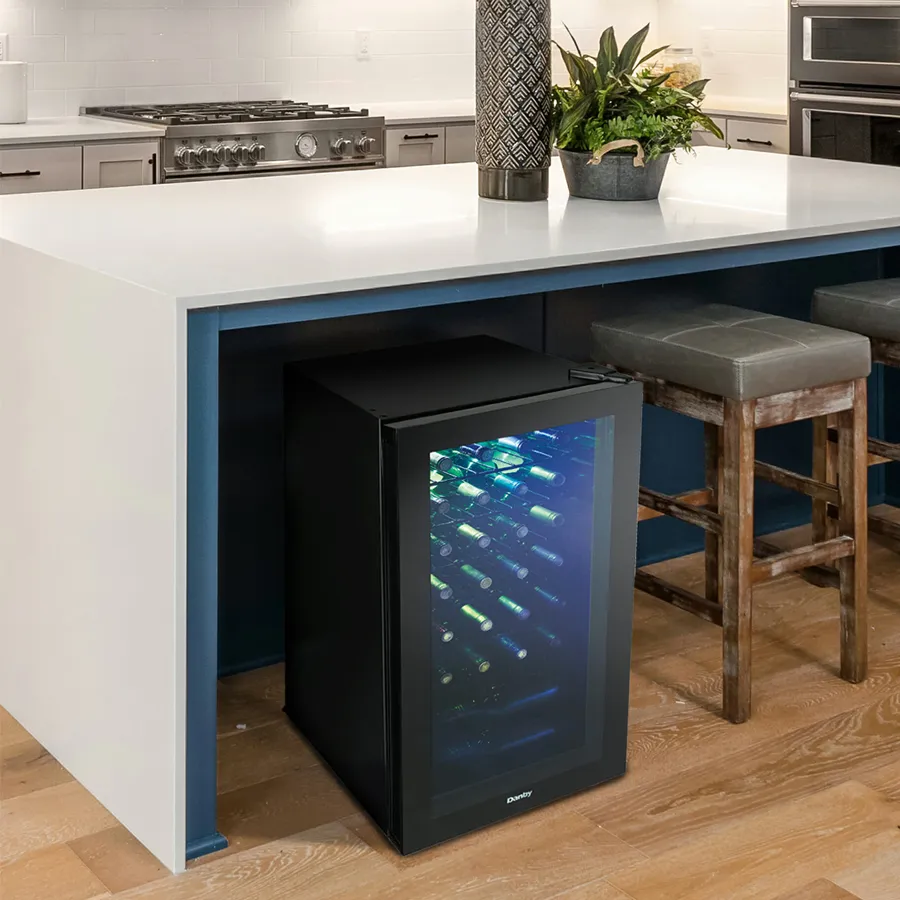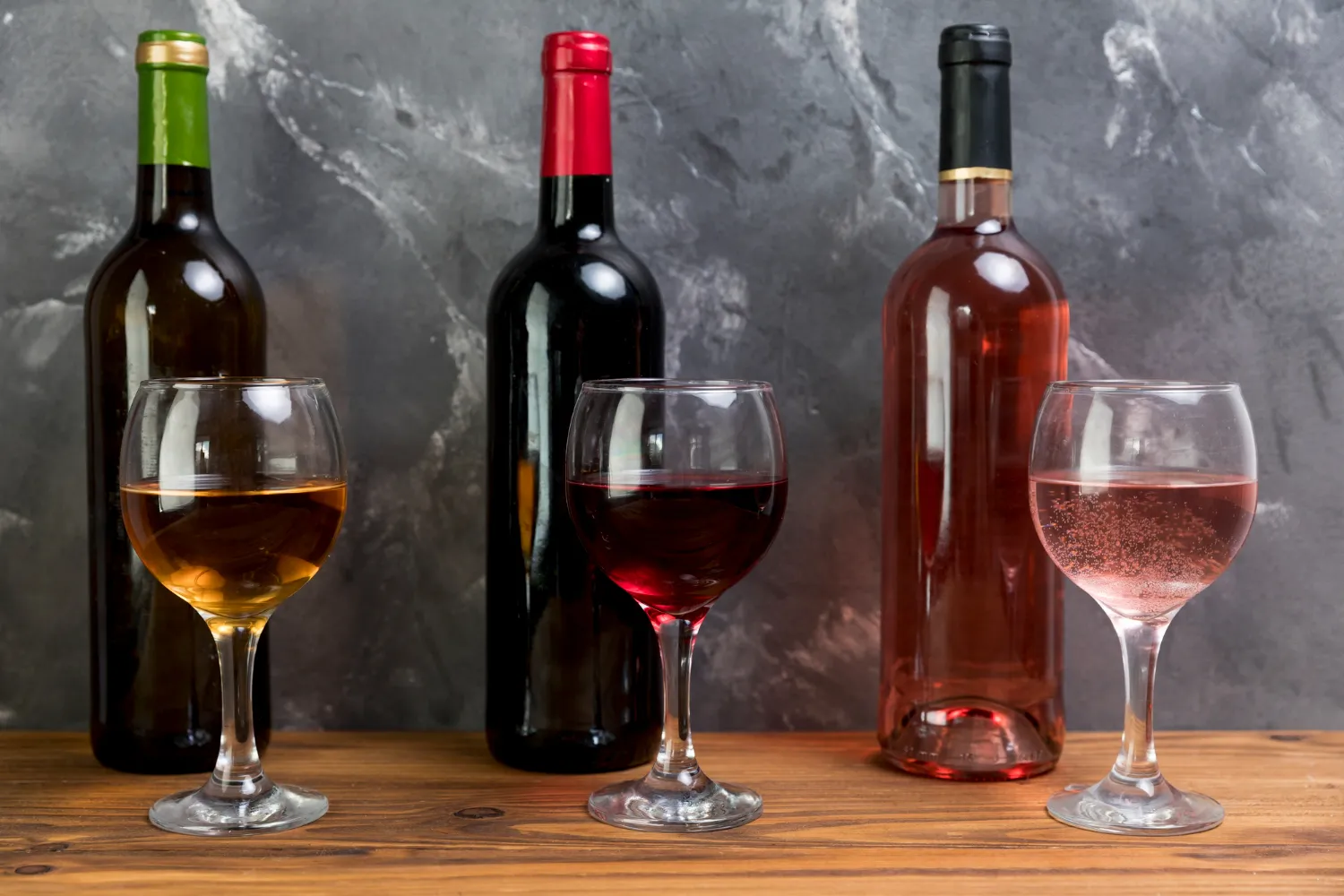Wine is a fragile product that requires a cold, stable temperature, appropriate humidity, darkness, and quiet to mature correctly, as you may have learned from your study on correct wine storage. What this means is that you should create an area for your wine collection that is quite similar to a wine cave. Is it safe to keep wine at room temperature? Several things must be considered. Creating the perfect storage environment for your wine is crucial to ensure its quality and flavor over time. The question that often arises is whether wine can be stored at room temperature. Let’s delve into the details and explore the factors that determine the feasibility of storing wine in a room-temperature environment.
About Room Temperature Storage:
- Temperature Consistency: While it is possible to store wine at room temperature, it largely depends on the room’s ability to maintain a steady 55◦F. Fluctuations greater than 1-3 degrees should be avoided, as they can compromise the quality of your wine.
- Humidity and Stillness: A room with 70% humidity is ideal for preventing cork dryness and maintaining a proper seal. Moreover, wine should be stored in a location with little to no vibration or movement to allow it to rest undisturbed.
- Light and UV Exposure: Protecting wine from UV rays and harsh light is crucial. Darkness is key to preserving the flavors and characteristics of the wine, especially for white wines that are susceptible to becoming “lightstruck.”
Optimal Storage Temperatures for Different Wines
The aging process of wine is greatly affected by the temperature at which it is stored. The ideal temperature for storing wine differs from one variety to another, and this difference in turn affects the wine’s flavor and overall quality.
The ideal temperatures for storing various kinds of wine are as follows:
| Wine Type | Optimal Storage Temperature |
| Red Wine | 55°F – 65°F (13°C – 18°C) |
| White Wine | 45°F – 55°F (7°C – 13°C) |
| Sparkling Wine | 40°F – 50°F (4°C – 10°C) |
The “Room Temperature” Myth That Is Good For Wines Storage
One of the most pervasive myths about wine storage is the idea that all wine should be stored at “room temperature”. However, the truth is that this can be quite damaging to your wine. The definition of room temperature has changed over the years and is typically around 68-77°F (20-25°C) which is too warm for most wines. Take a look at the table below to see the recommended storage temperatures for different types of wine:
| Wine Type | Recommended Storage Temperature – Room Temperature |
| Red Wine | 55-65°F (12-18°C) |
| White Wine | 49-55°F (9-13°C) |
| Sparkling Wine | 45-48°F (7-9°C) |
Choosing the Right Room:
- Basement: Consider using the basement as a passive storage solution due to its natural cool and damp environment. Measure temperature and humidity, and use wine racks to organize bottles and prevent mold.
- Closets: Unused closets, preferably not sharing an exterior wall, can be suitable. Measure temperature and aim for cool and consistent conditions. Consume stored bottles within six months due to vulnerability to temperature swings.
- Kitchen and Garage: Avoid storing wine in the kitchen, unless in a controlled environment like a wine refrigerator. Similarly, the garage is not ideal unless equipped with a suitable wine refrigerator or cabinet designed for outdoor use.
Basement:
If you’re looking for a passive storage solution—one that doesn’t include a cellar cooling system or wine refrigerator—your basement might be the ideal spot to keep your wine. This is because, by definition, basements tend to be wet and chilly. However, before transferring your wine to the cellar, you should take readings of the relative humidity and temperature of the area. If your cellar isn’t totally subterranean, line a wall with it to keep the wine from escaping. Placing wine racks in your cellar is a great way to keep your bottles organized, clean, and mold-free. Stacking bottles or storing them in cardboard boxes are two common ways that wine becomes moldy.
Closet:
Another possibility is an empty closet that does not adjoin a wall on the outside. It will function best in a closet that is centrally positioned in the home, such as one under the stairs. Just like in the basement, take careful readings of the room’s humidity and temperature before placing any bottles there. You should aim for a temperature that is both chilly and stable. The closet is nevertheless susceptible to changes in indoor temperature since it is located above ground and is not in a sealed environment. Drink all of the bottles in your closet within six months if you can.
Avoid Kitchen and Garage:
You should not keep wine in the kitchen unless you have a wine cooler or some other regulated setting. We cook in a very hot and vibrationally active kitchen, which is not ideal for wine. For the same reason that you shouldn’t keep the wine in your kitchen fridge—it’s too dry and cold—you should also keep it out of the garage unless you have a special wine fridge or cabinet made for that purpose. The lack of insulation in most garages makes them quite vulnerable to extreme temperature swings, not to mention the noise and vibration caused by cars.
Proper Wine Storage Solutions
To ensure that your wine remains in perfect condition, it is imperative to store it properly. There are various storage solutions available that can help maintain the quality and flavor of your wine over time.
Short-Term Storage Options
For the short term, your wine must be stored in a dark, cold, and consistently temperature-controlled area. This includes staying away from places where the temperature might change quickly, including near windows or heating vents. In order to maintain the cork wet and avoid air leakage, it is recommended to store wine bottles horizontally. Because of their ability to keep the temperature and humidity constant, wine refrigerators and wine coolers are ideal for short-term storage.
Long-Term Storage Solutions and Wine Cellars
For long-term storage, investing in a wine cellar or a temperature-controlled wine storage unit is crucial. These solutions provide the ideal environment for aging wine, with the right balance of temperature, humidity, and darkness. It is important to keep your wine bottles away from vibrations and odors, as they can negatively impact the aging process. Additionally, if you are a serious wine collector, investing in a professional wine storage facility may be the best option for ensuring the longevity of your collection.
Conclusion:
While it is possible to store wine at room temperature, ensuring the right conditions is paramount. A steady temperature of 55◦F, 70% humidity, darkness, and minimal disturbance are essential. When room storage isn’t ideal, investing in a wine cellar, wine cabinet, or wine refrigerator provides a convenient and foolproof solution, maintaining your wine under perfect conditions for aging gracefully.

